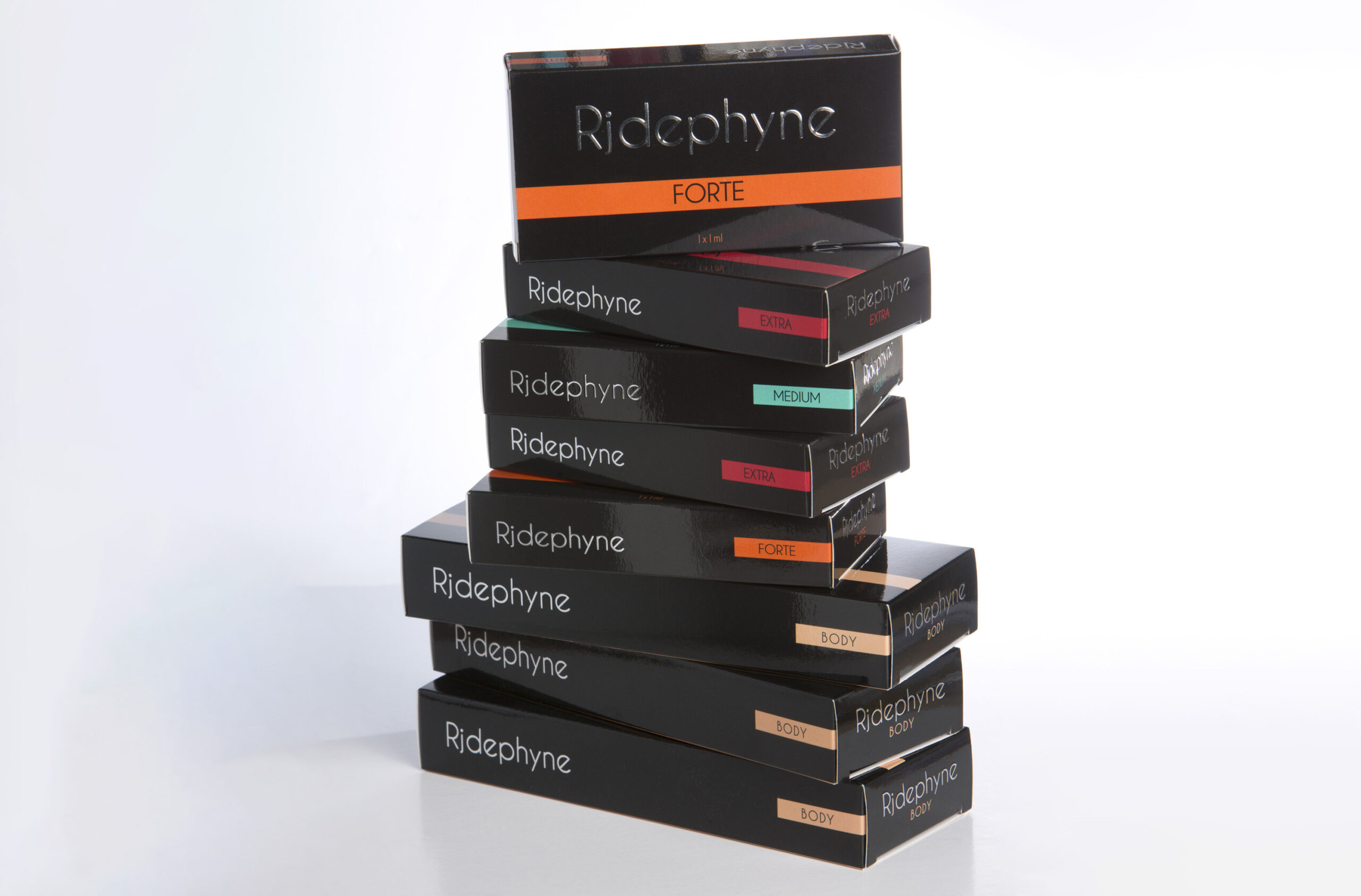
cross-linked hyaluronic acid

filling product for skin


macromolecular hyaluronic acid"

Hyaluronic Acid
The skin represents the main reserve of hyaluronic acid, the major component of the extracellular matrix:
Its hygroscopic properties guarantee the high degree of hydration of the skin, allow it to retain water; in addition, the skin has viscoelastic characteristic which play a role of shock absorber and lubricant. The intrinsic factors (age, sex, osteogenic state) and extrinsic factors (temperature change, wind, sun, drugs) cause the loss of hyaluronic acid, and after a certain age, the epidermis and dermis have a tendency to detach, causing relaxation of the epidermis itself and the appearance of wrinkles.
The Rjdephyne Product Range
Rjdephyne series are monophasic products based on cross-linked hyaluronic acid produced by biosynthesis, which is obtained through Streptococcus Equi bacterial fermentation, as a natural and non-pathogenic source for the man. After fermentation and purification all impurities will be eliminated, and the hyaluronic acid thus obtained is in the form of fibers and meets the european standards of pharmacopeia. Due to the very rapid degradation of hyaluronic acid in the skin, it is better to increase its permanence time in the tissue, and this is obtained by the choice of hyaluronic acid with high molecular weight and stabilized with crosslinking process, binding the single molecules into a single unit.
- allows a better distribution of the product in the dermis
- avoid possible correction irregularities
- prevents the penetration of hyaluronidase as the agent that digest hyaluronic acid inside the reticular form.
- biocompatibility of the product
- microbiological safety of the product
- the pH and the osmotic capacity of the product
